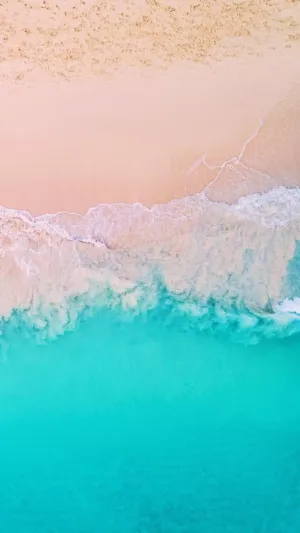Contrary to popular belief, the sea is not always blue. Its hue is influenced by sunlight and the composition of seawater, along with various other factors such as suspended particles, depth, and cloud cover.
Across the globe, there are seas named after colors, each with its distinctive palette. Let's explore the colorful oceans of the world.
<h3>1. The Yellow Sea:</h3>
Nestled between China and the Korean peninsula, the Yellow Sea is a semi-enclosed marginal sea in the western Pacific Ocean. Its waters carry an earthy yellow tint, attributed to centuries of sediment deposition from the Yellow River. Historically, the river discharged sediment into the sea, transforming its hue from blue to yellow.
<h3>2. The Red Sea:</h3>
Stretching between Africa and the Arabian Peninsula, the Red Sea is a narrow body of water connected to the Mediterranean via the Suez Canal. Contrary to its name, the sea's color is not red but blue. It is believed that ancient Egyptians referred to the adjacent desert as the "Red Land," leading to the sea's name. The Red Sea is a popular tourist destination, attracting diving and leisure enthusiasts annually.
<h3>3. The Green Sea:</h3>
Known as the Persian Gulf, the Green Sea owes its name to the proliferation of green algae, which impart a greenish hue to the waters. Historically documented in medieval Arabian geographical records as one of the seven seas, the Green Sea's vibrant color adds to its allure.
<h3>4. The Black Sea:</h3>
Situated between southeastern Europe and the Asia Minor peninsula, the Black Sea is renowned for its dark waters and frequent storms. The sea's unique characteristics stem from its dense, oxygen-depleted lower layers, where anaerobic microorganisms thrive. These microorganisms release hydrogen sulfide, which appears black, giving the deep sea a distinctive dark hue.
<h3>5. The White Sea:</h3>
Extending into Europe from the Barents Sea of the Arctic Ocean, the White Sea is almost surrounded by land. Its icy waters and perpetual snow cover contribute to its ethereal white appearance. Additionally, the sea's low organic content further enhances the whiteness of its waters, particularly under sunlight.
These seas exemplify the diverse array of colors found in Earth's vast aquatic landscapes. From the earthy yellows of the Yellow Sea to the dark depths of the Black Sea, each body of water offers a unique spectacle, inviting exploration and appreciation of nature's wonders.





